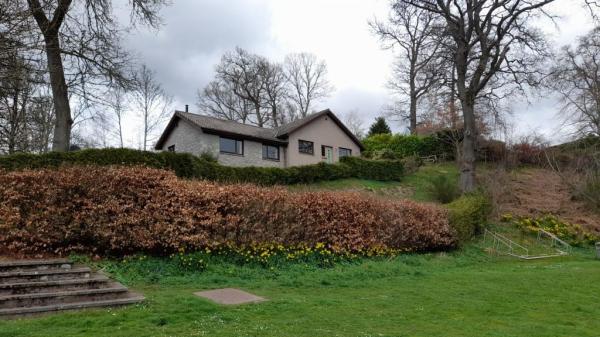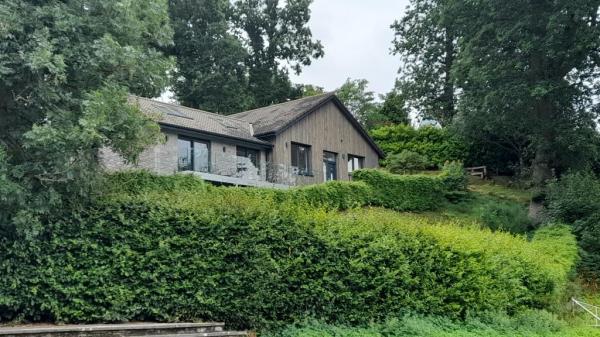| Home |
| Green Building Bible, Fourth Edition |

|
These two books are the perfect starting place to help you get to grips with one of the most vitally important aspects of our society - our homes and living environment. PLEASE NOTE: A download link for Volume 1 will be sent to you by email and Volume 2 will be sent to you by post as a book. |
Vanilla 1.0.3 is a product of Lussumo. More Information: Documentation, Community Support.


Posted By: VictorianecoThe EPC value I find has little to no impact on value in the UK of a property...It may not be large (yet), but it does play a role. For example:
Posted By: VictorianecoA property myself and my wife are looking at has approximately 300m2 external wall area.
The build is a 60s cavity construction right on the sea front.
I assume EWI would be best but at ~£110m2 it just seems it outweighs any energy savings in the long run...
£30k plus scaffold, roof extensions and so on.... we'd also like to renew the windows at a great expense.
What are people's thoughts? It's a bit of a 'slightly' different project compared to my previous mid terraced renovation....
Posted By: fostertomIn terms of thermal improvement per £, 'low hanging fruit' like loft insulation, cav wall insulation, draught stripping pay very well.
Posted By: Peter_in_Hungarywhich will be needed before EWIWhy? To prevent air blowing about in the cavity?
Posted By: fostertomWhy? To prevent air blowing about in the cavity?
Posted By: fostertomNo need to cavity fill before EWI, as long as it's well sealed. If it's not sealed then much of your EWI money's being wasted, even if you have CWI.
Posted By: VictorianecoIt needs new windows anyway, so we are off the opinion plastic would be better than timber or alu-clad? Any recommended supplier for plastic windows?
Posted By: VictorianecoIs that real world experience or taken from a sales blurb?Real world experience and academic research.
Posted By: Mike1Personally I'd choose alu-clad. And always avoid plastic which aren't very green and have multiple drawbacks:
Posted By: Victorianeco"UPVC windows are inherently corrosion-resistant, making them an excellent choice for coastal homes. Unlike metal frames that can rust over time, UPVC remains unaffected by salt and moisture exposure."A friend of mine has plastic windows on a sea front property (as far West as you can get) and the main issue is the aluminium locks have corroded.
Posted By: RobLI'm not so enamoured by rattling rotten wooden windows which seem to constantly needing paintingA masterstroke of 'political' subliminal innuendo! The reader may not notice that you've implanted 'rattling, rotten, needing painting' as the character of wooden windows.
Posted By: Mike1In respect of the latter, the RIBA webiste provides a quick overview, with comparisons to other window materials, here (it is sponsored by Valfac, but they do provide the academic references):
https://www.ribacpd.com/articles/velfac-windows/7834/cradle-to-grave-the-comparison-of-window-life-cycles/200009/
Posted By: fostertomsave that money and spend it on insulation/airtighness instead